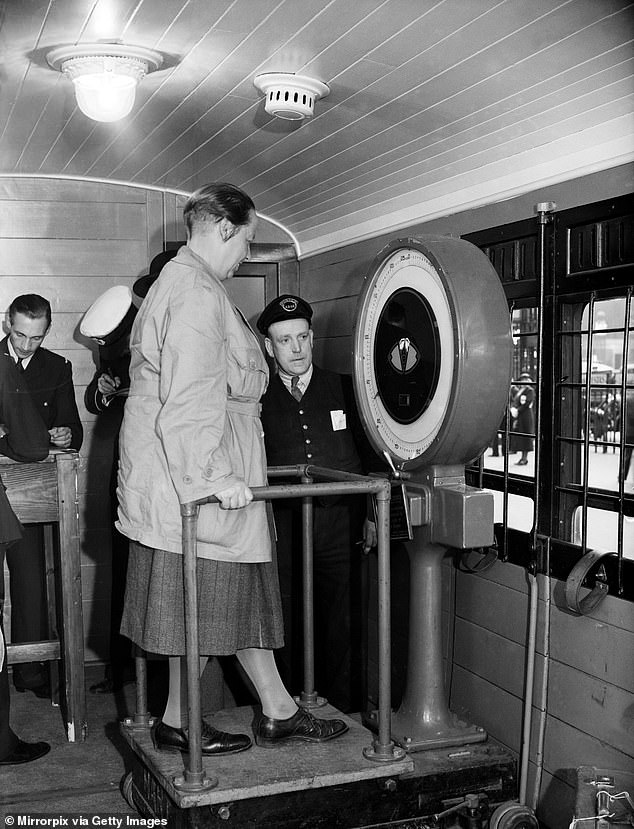@alanbreck , I'm somewhat wary that this response will get lost in the downward spiraling toilet bowl that this thread has become, but your question is a good one.
I think what it's important to realize is that large, transport-category aircraft are operating far closer to their limits/margins than, say, a 172 generally is. What I mean is this - when you takeoff in a 172 from a 5000 ft runway, the exact amount of weight you have on board, or the density altitude, or the humidity, or the flap setting, or the engine power, etc., just doesn't really matter too much. You have almost 10 times the runway needed in many scenarios. But if you instead operated regularly off of a 1000 ft runway with trees at the end, all of a sudden all those factors become much more critical. Instead of just briefly looking at the performance tables for max gross, you'd instead be calculating what your takeoff distance, climb speed, climb rate, all of that is at your actual weight. And then maybe you'd decide to take 10 fewer gallons or something like that.
When you add into that the additional safety factors that part 121 operators must comply with, like being able to stop on the runway during an aborted takeoff, or climb rate with an engine failure, then you see that lots of these airliners are often operating fairly close to the "limit". Granted, this is a "safety factored" limit, but a limit nonetheless. So a little difference in weight or temperature or whatever can cross that line, and that becomes a no-go until something is changed (like removing one passenger).


